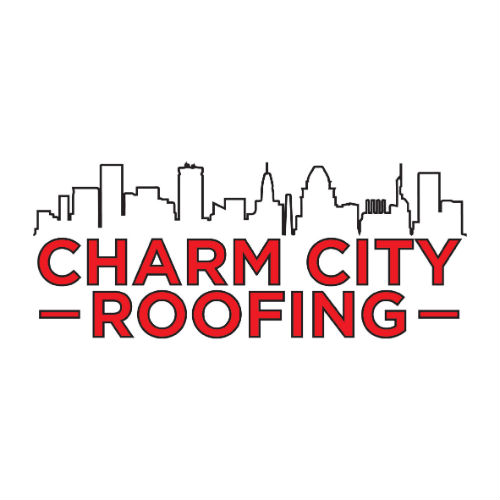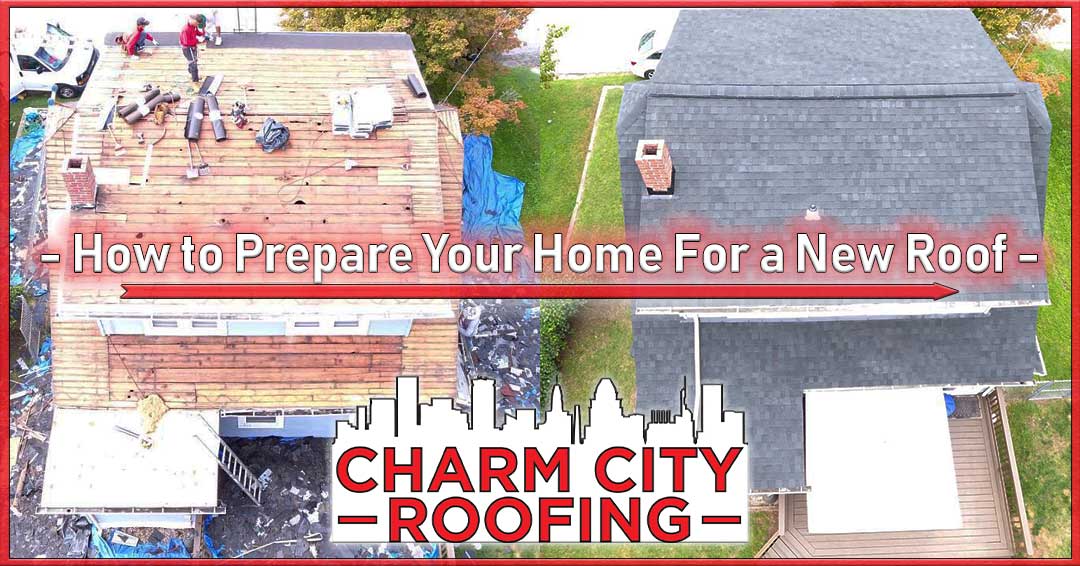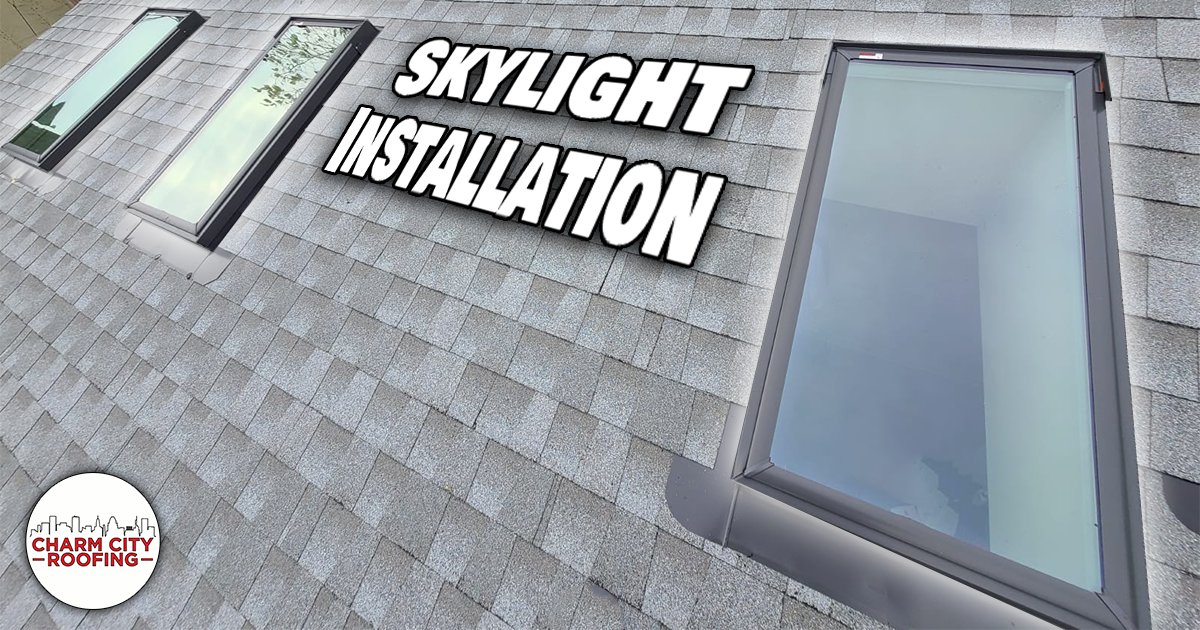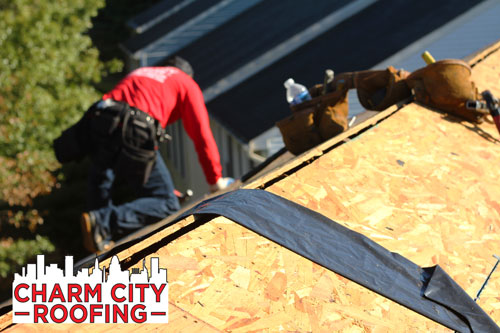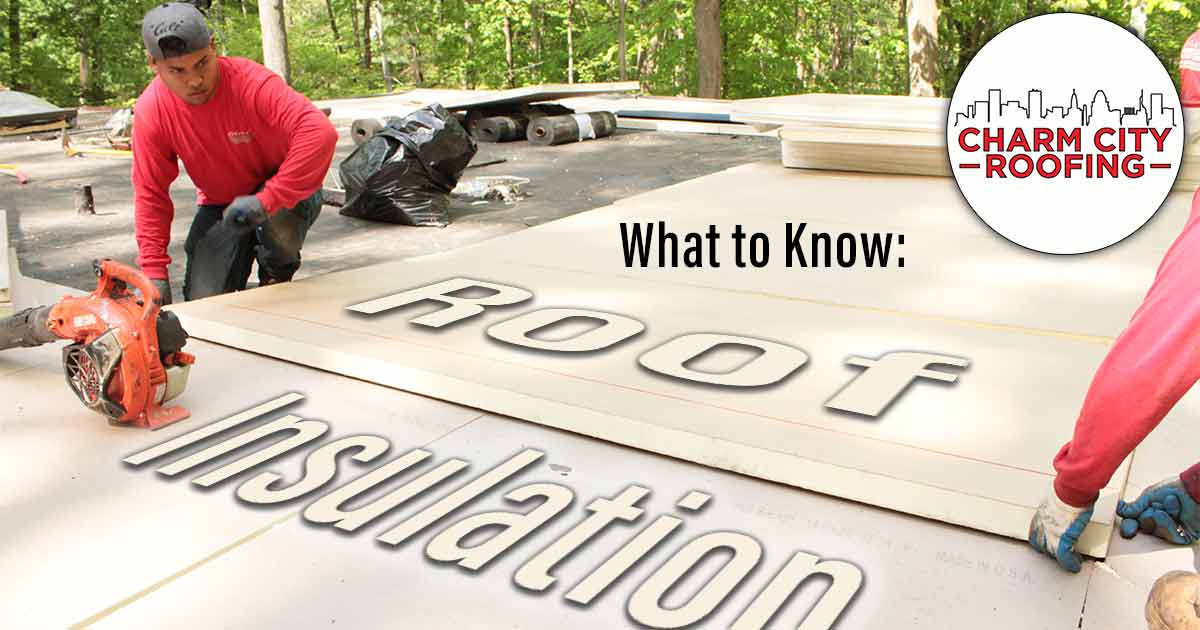
What to Know About Roof Insulation
What to Know About Roof Insulation
These days, it’s hard to justify spending more money on anything, let alone basic utilities. And yet, homeowners all over the country are overpaying for energy month after month, year after year. The reason? Poor roofing insulation is preventing them from getting the most out of their energy.
If subpar insulation is making your home uncomfortable (or if it’s making your wallet lighter), don’t worry. Understanding insulation is relatively simple. With a little information about the different types of roof insulation, homeowners can make informed decisions about how best to improve their energy efficiency.
Why Is Roof Insulation Important?
Improper insulation is one of the top reasons most homes are racking up unnecessarily high energy bills. Without solid insulation, hot and cold air alike will flow freely out of (and into) your home. This tanks your house’s energy efficiency, which in turn raises your heating and cooling bills. In addition to the cost, poor insulation promotes mold and mildew growth and is detrimental to the value of your home.
Roof insulation is particularly important for a home’s energy efficiency. In fact, the roof is responsible for about 25% of the heat lost in an uninsulated home. That means insulating your roof properly will save you more money than nearly any other area of the home!
How Are Roofs Insulated?
Every roof should have some form of insulation. In fact, most regulations require a certain insulation standard for every home. The exact layout of the insulation will depend on the type of roof you have. Flat roofs, for example, typically have insulation that rests just above the roof decking itself, below the underlayment.
In a sloped or dormer-style roof with an attic space, you may find the insulation above the ceiling joists. This insulates the home while keeping your attic cool, reducing mold growth, rot, and shingle damage from excessive heat.
The types of insulation available to homeowners are many, and the best fit for your home will depend on its specific construction.
What Are the Different Kinds of Roofing Insulation?
All the insulation types available to homeowners will prevent the transfer of thermal energy from one area to another. However, the effectiveness of each type depends on the specific construction, roof type, or needs of your home.
Spray Foam Insulation
Spray Foam Insulation is the quick and dirty insulator. It won’t cover a large area, but it’s excellent for patching small cracks and holes. Sometimes, a multitude of small breaches in a roof or ceiling can add up to a big problem. Spray foam insulation is readily available at most hardware stores, and homeowners can typically perform these fixes themselves. However, be conscious about using the foam properly. Research the different kinds of foam insulation, and make sure you’re using the right one for your needs. Do not block necessary ventilation areas in your home with spray foam, and do not use spray foam as a structural support.
Rigid Insulation Boards
Rigid insulation boards are much more durable than spray foam insulation. These forms of insulation are commonly found in roofs and attics, as they’re some of the most effective insulation types on the market. They’re excellent at covering a large area, and the large, rectangular sheets are well suited to placement in attics, between rafters, or within walls. There are several different kinds of rigid insulation:
-
-
EPS:
-
-
-
- EPS, or expanded polystyrene, provides the best insulation per dollar of all types. It’s affordable and an excellent insulator. However, EPS is not very environmentally friendly, and is a major contributor to global trash buildup.
-
-
-
XPS:
-
-
-
- XPS, also known as styrofoam, is the same material as EPS insulation. The process for making it, however, is slightly different. Like EPS, it is an affordable insulator with excellent thermal properties. On top of that, it’s better suited to humid environments than EPS, as it is more mildew resistant.
-
-
-
Polyiso:
-
-
-
- Polyiso insulation is the most effective rigid insulation available. You won’t find a superior insulator. Its effectiveness comes at a price, however, as it’s more expensive than EPS and XPS insulation types.
-
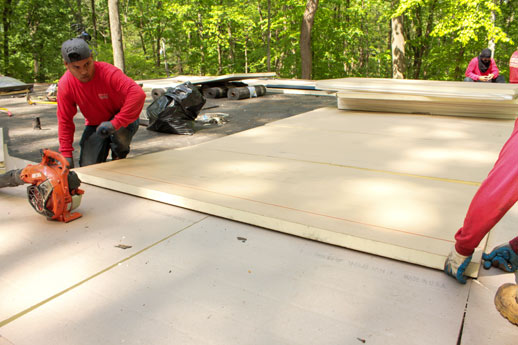
New Polyiso Foam Board Insulation is Installed on a flat roof
Batt Insulation
Batt Insulation is a great option for roof and attic insulation. It comes in preformed rolls, or batts, similar to rigid insulation. However, it’s also soft and flexible, meaning it can be easily pressed into tight cracks and worked around corners. The large sheets are great for covering big areas, but you can also use small pieces to fill cracks in much the same way as you would use spray foam insulation.
How Do Insulation and Ventilation Work Together?
Insulation and ventilation are the yin and yang of your home’s health. Keeping heat and air from moving too freely from area to area is key to both your home’s comfort and energy efficiency. At the same time, cycling out old air in spaces that are prone to rot and mold growth is crucial for a healthy roof. This is why specific placement of insulation and roof vents is so important. Talk with your roofing contractor about how best to insulate your roof.
The Bottom Line:
Whether it’s a small DIY project or a major roofing overhaul, addressing the problems in your roof’s insulation can yield huge results. Homeowners will save on energy, maintain the value of their home, and experience greater comfort in the winter and summer. Make sure to get your roof inspected regularly— this will keep you abreast of any issues with your insulation, as well as structural problems and general roof health.
